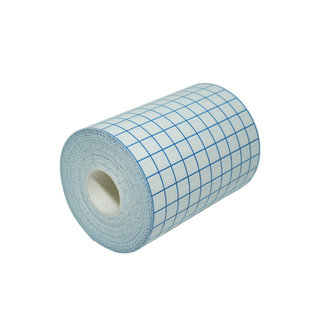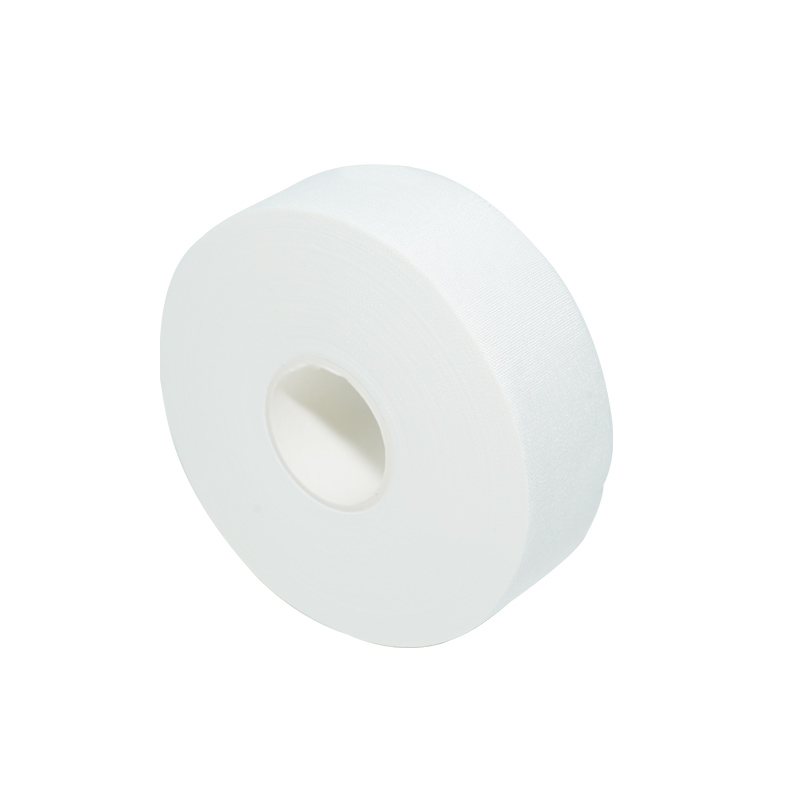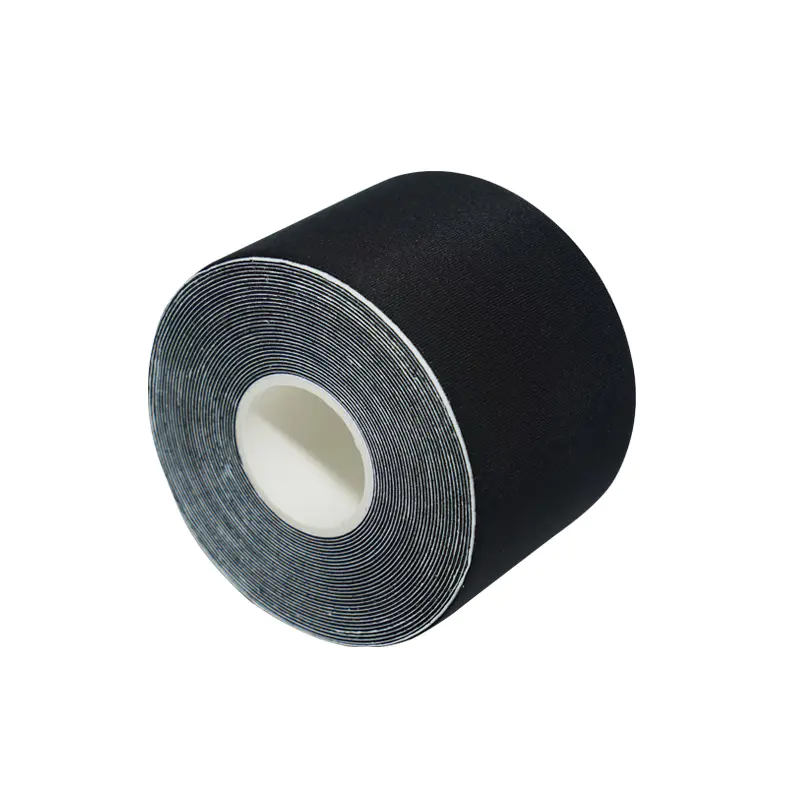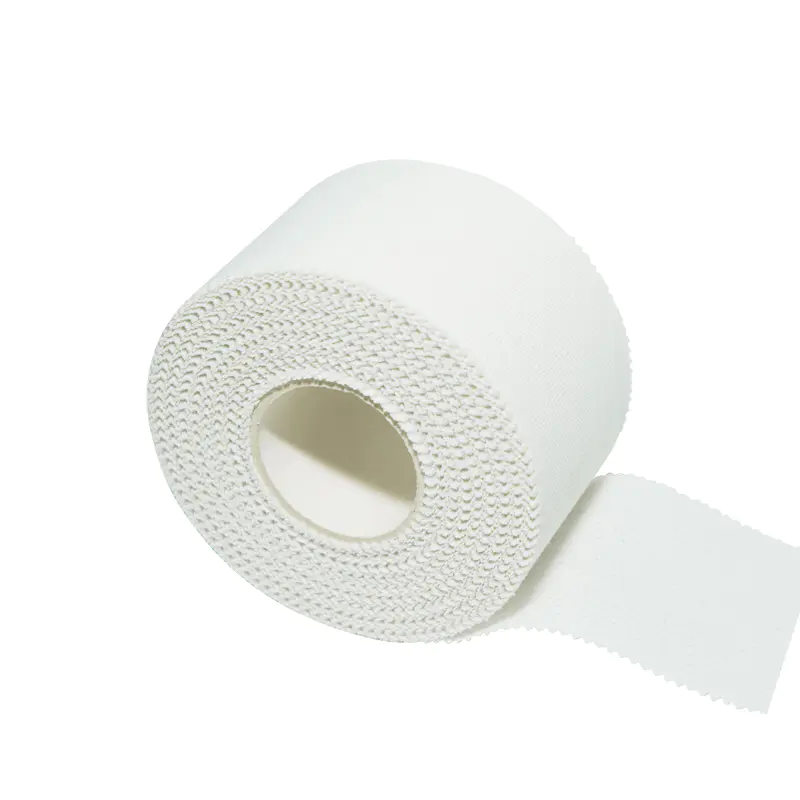A fixation tape, often referred to as medical tape, surgical tape, or adhesive tape, is a specialized type of tape designed to secure medical devices, dressings, or other materials to the skin. These tapes are an indispensable tool in healthcare settings, playing a crucial role in patient care by ensuring the stability and effectiveness of various medical interventions.
The primary purpose of fixation tape is to provide reliable adhesion while being gentle on the skin. This balance is critical, as the tape needs to hold firmly enough to prevent displacement of medical items, but also be easily removable without causing trauma or irritation, especially for patients with sensitive skin or those requiring frequent dressing changes.
Common applications of fixation tape include:
Securing Dressings: Holding bandages and wound dressings in place to protect the wound and promote healing.
Anchoring Medical Devices: Stabilizing catheters, IV lines, drainage tubes, and other medical tubing to prevent dislodgement.
Compression and Support: Providing light compression or support for minor sprains or strains (though specialized athletic tapes might be preferred for more robust support).
Eye Patches and Shields: Keeping eye patches or protective shields over the eyes after surgery or injury.
Finger and Toe Splinting: Temporarily securing small splints for minor injuries.
The world of fixation tapes is diverse, with various types formulated for specific needs and skin types. Key characteristics that differentiate them include the backing material, adhesive type, and overall breathability.
Paper Tapes (e.g., Micropore™): These are highly breathable and gentle, making them ideal for fragile or sensitive skin, as well as for securing lightweight dressings. They are easy to tear and conform well to body contours.
Cloth Tapes (e.g., Durapore™): Stronger and more durable than paper tapes, cloth tapes offer excellent adhesion for securing heavier devices or dressings. They are often water-resistant and provide good tensile strength.
Plastic Tapes (e.g., Transpore™): Transparent and perforated, plastic tapes are often used when visibility of the skin underneath is desired. They are water-resistant and easy to tear in both directions.
Foam Tapes: These tapes are conformable and provide cushioning, making them suitable for use over joints or irregular body surfaces. They often offer good adhesion and can be used on sensitive skin.
Silicone Tapes: Known for their gentle yet secure adhesion, silicone tapes are particularly beneficial for extremely fragile or compromised skin. They are designed for atraumatic removal, minimizing pain and skin stripping.
Waterproof Tapes: Specifically designed to repel water, these tapes are crucial for securing dressings or devices that need to remain intact during bathing or in moist environments.

When selecting a fixation tape, several features are considered to ensure optimal patient outcomes and comfort:
Adhesion Level: The strength of the bond between the tape and the skin. This needs to be appropriate for the weight and movement of the item being secured.
Breathability: Allows air to reach the skin, preventing moisture build-up and reducing the risk of skin maceration and irritation.
Conformability: The tape's ability to stretch and mold to the contours of the body, ensuring a secure fit even with movement.
Hypoallergenic Properties: Tapes designed to minimize allergic reactions, especially important for patients with known sensitivities.
Ease of Removal: The tape should detach without excessive pulling, pain, or leaving behind adhesive residue. Atraumatic removal is a key benefit of advanced tapes like silicone options.
Water Resistance: Important for maintaining adhesion in moist conditions or during patient hygiene.
Latex-Free: Essential for patients with latex allergies to prevent adverse reactions.
Proper application and removal of medical adhesive tape are crucial to prevent skin injury and ensure the effectiveness of the securement.
Skin Preparation: Ensure the skin is clean, dry, and free of oils, lotions, or hair. This maximizes adhesion and reduces the risk of skin irritation.
Avoid Tension: Apply the tape without excessive tension, as this can cause skin blistering or tearing, especially over joints or areas of movement.
Smooth Application: Press the tape down gently but firmly to ensure full contact with the skin and prevent air pockets.
Removal Technique: Remove tape slowly and parallel to the skin, rather than pulling upwards. Supporting the skin with one hand while gently peeling the tape back with the other can minimize trauma. Adhesive removers can be used for particularly stubborn tapes or sensitive skin.
In conclusion, fixation tapes are far more than simple sticky strips; they are sophisticated medical devices engineered to provide secure, comfortable, and skin-friendly adhesion in a wide range of clinical scenarios. Understanding the different types and their specific properties is essential for healthcare professionals to select the most appropriate tape for each patient and application, thereby optimizing care and preventing complications.







